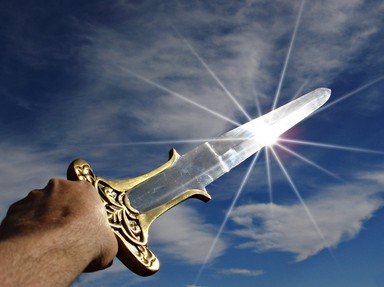
G Is For Gallipoli Trivia Quiz
Here are ten great battles from world history. Order them from oldest to most recent.
An ordering quiz
by JanIQ.
Estimated time: 3 mins.

| What's the Correct Order? | Choices |
| 1. (oldest) | Gergovia |
| 2. | Guadalcanal |
| 3. (Burgundian Wars) | Bombing of Guernica |
| 4. | Gravelines |
| 5. (1642) | Massacre of Glencoe |
| 6. (Scotland) | Gallipoli |
| 7. | Siege of Gloucester |
| 8. | Grandson |
| 9. | Gettysburg |
| 10. (last on the timeline) | Gaugamela |